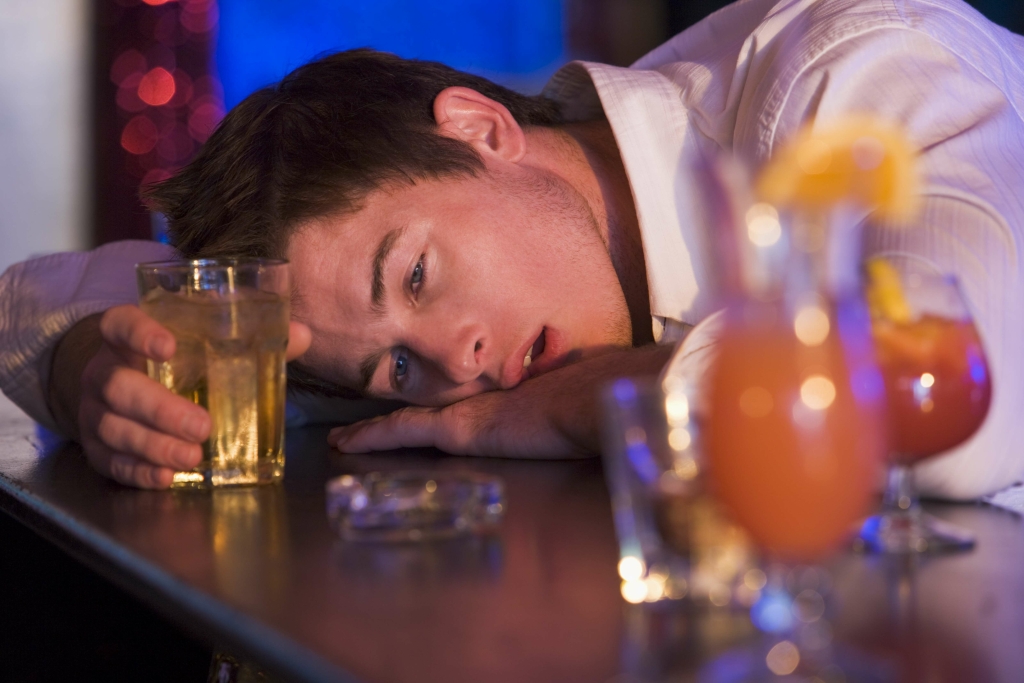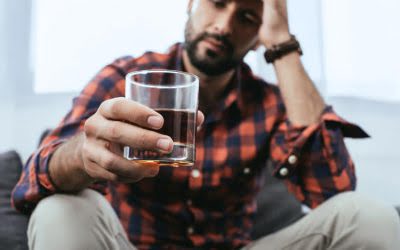In previous research (Polcin & Korcha, 2015), this type of mutual support was viewed as a primary motivating force for maintenance of sobriety. Although these negative experiences within the houses occurred, they did not reflect the majority of participants’ views about how alcohol and drug use was handled. In the following example, [QL 44] noted that alcohol and drug use was in the home was readily identified and usually resulted in eviction. Once the first phase is complete and the patient is clean and sober, then the next phase of recovery can begin.
Robert Downey Jr On Addiction
(laughs) But it turned out to be okay because I realized she [the House Manager] wasn’t trying to be mean, she was just trying to slow me down. There was other ways I could have done it…Yeah and she’s like, I’m not gonna lose my license behind you. Wiener’s bill would require California’s Medicaid program to pay for the treatment while Newsom’s plan would let counties choose whether to participate.
- Other drugs may trigger hyperventilation, high blood pressure, panic attacks, hallucinations, and aggressive behavior.
- A lot of them got the help they needed.” That includes the 22 participants who successfully completed the program.
- Samaritan House holds meetings on site and the men are required to obtain a sponsor to meet with regularly and guide them through the Twelve Steps.
- The significance of this paper is evident in the trend toward decreasing incarceration in the U.S. of persons convicted of drug offenses and the need for alcohol- and drug-free alternative living environments.
What is Sobriety?
Although a few studies have reported favorable outcomes for residents of SLHs, little is known about resident experiences or the factors that are experienced as helpful or counterproductive. Study participants identified housing as a critically important need after incarceration. For residents nearing the end of their stay in the SLHs, there was significant concern about where they might live after they left. Residents emphasized that shared experiences and goals, consistent enforcement of rules (especially the requirement of abstinence), and encouragement from probation and parole officers as particularly helpful. There was very little focus in HIV issues, even though risk behaviors were common.
Qualitative Interviews
Thus, peer support for recovery within the house, a central element of social model recovery, was hindered. Although it was not explicit in the interviews, an equally concerning issue is the potential for persons using substances to influence others to use rather than support abstinence. Sobriety in this context is an active, ongoing commitment to a set of behaviors and actions that support overall health and prevent https://thecupertinodigest.com/top-5-advantages-of-staying-in-a-sober-living-house/ relapse, making it an integral part of the recovery journey. Is the Research Program Director for Behavioral Health and Recovery Studies Program at the Public Health Institute in Lafayette, CA. He has served a Principal Investigator on multiple grants studying sober living houses. Other research interests include motivational interviewing and substance abuse treatment for person in the criminal justice system.

Interviewers were directed to probe how easy was to isolate from others in ways that detracted from support for recovery and how easy it would be to bring in and use substances in the house. Qualitative interviews took about 30 minutes to complete and participants were paid a $25 gift card for their time completing the interview. Rehab is typically the first step to recovery as addicts and alcoholics are given medical support to endure withdrawal. Once the physical effects of drug and alcohol abuse have subsided however, then the enduring, grueling, long-term process of recovery can truly begin. At treatment centers, this usually involves therapy or counseling to determine why drugs and alcohol were a problem in the first place. Meanwhile, new habits are put in place to help addicts in recovery to build a healthier, drug-free lifestyle.
In addition, therapists commented on what they heard about SLHs from residents with whom they met. All research activities received approval from the Public Health Institute Institutional Review Board. Addiction to drugs or alcohol (or both) is one of the most challenging – crippling, really – disorders a person can go through.

Success Factors:
- Resident quotes presented in this paper were selected because of their representativeness of the sample as a whole, except when noted.
- These are safe spaces for someone to recover from the ravages of addiction.
- A house manager typically oversees the running of the home, in exchange for a reduction in rent and in some cases a small stipend.
- Addiction is a disease and often requires professional support to address the underlying factors that contribute to substance abuse.
- The new law reduced incarceration for drug offenses and between November 2014 and August 2015 the prison population fell by almost 7,800.
Without stable, drug-free housing, will those with substance abuse problems be able to abstain from substance use? Without establishing new social networks that support recovery from substance use and successful adaptation to the community, will ex-offenders be driven back toward engaging persons that encourage substance use? To the extent that ex-offenders reside in environments that encourage substance use and other anti-social behaviors, they will be at higher risk for relapse and violation of the terms of their probation or parole. Sober House In addition, without stable housing and social support for recovery ex-offenders may not have sufficient stability in their lives to find work, access needed services, and avoid HIV risk and infecting others. It was interesting that residents emphasized they entered a SLH because of a need for housing but did not specify the need for an alcohol- and drug-free living environment. It might be the case that probationers and parolees reentering communities are primarily concerned with immediate necessities such as food and shelter.
